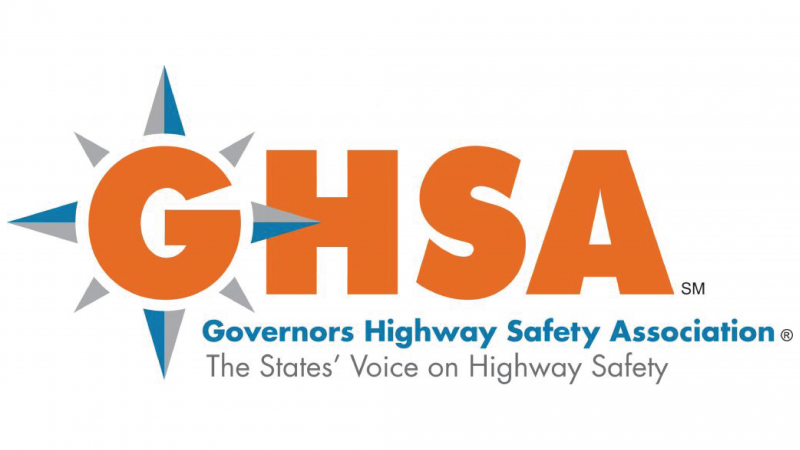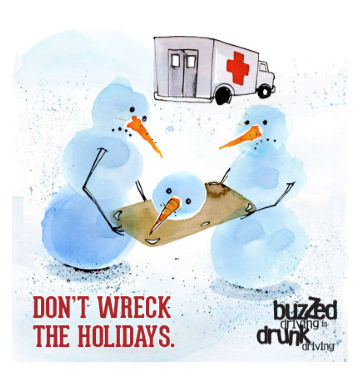States Should Consider the Risk of Marijuana-Impaired Driving as New Research Links Legalization to Crash Increase
Statement for attribution to Governors Highway Safety Association (GHSA) Executive Director Jonathan Adkins WASHINGTON, D.C. – New research from the Highway Data Loss Institute (HLDI) reinforces the need for states to consider the risk of marijuana-impaired driving as they move toward liberalizing marijuana laws. HLDI insurance claims data links legalizing recreational marijuana to an increase in motor […]

